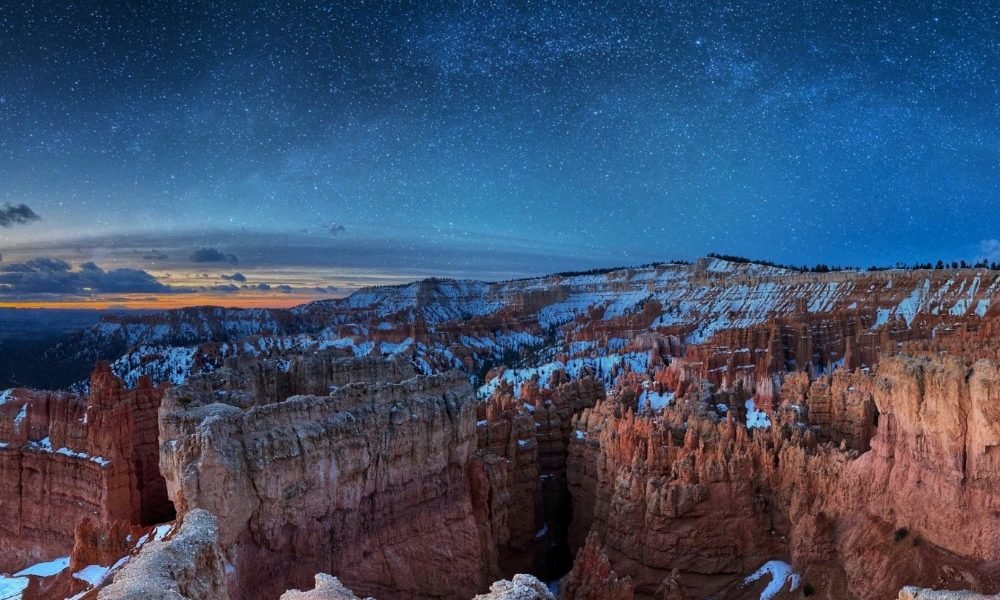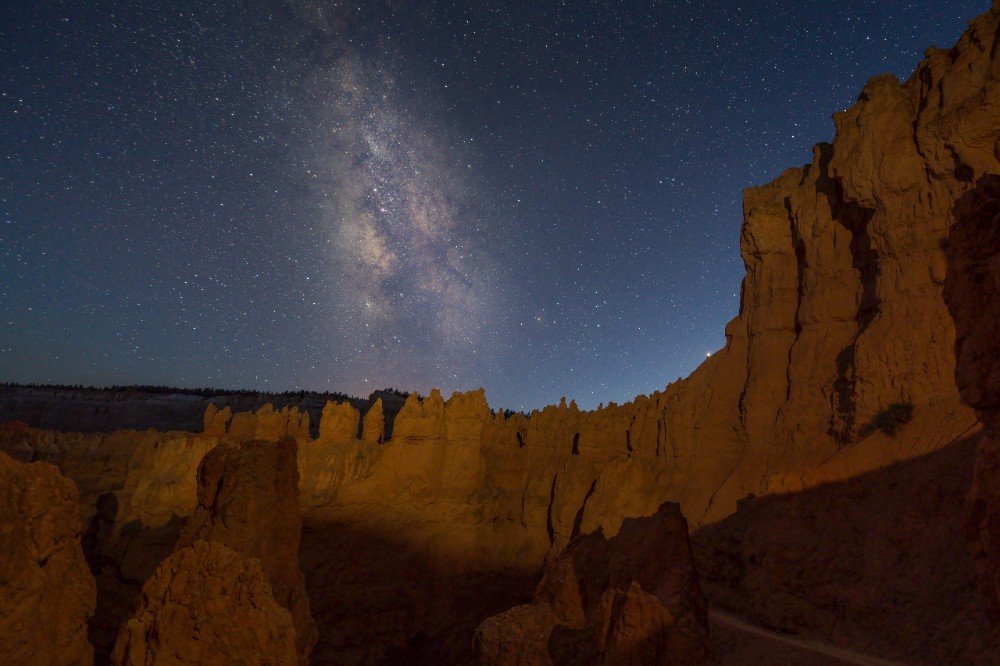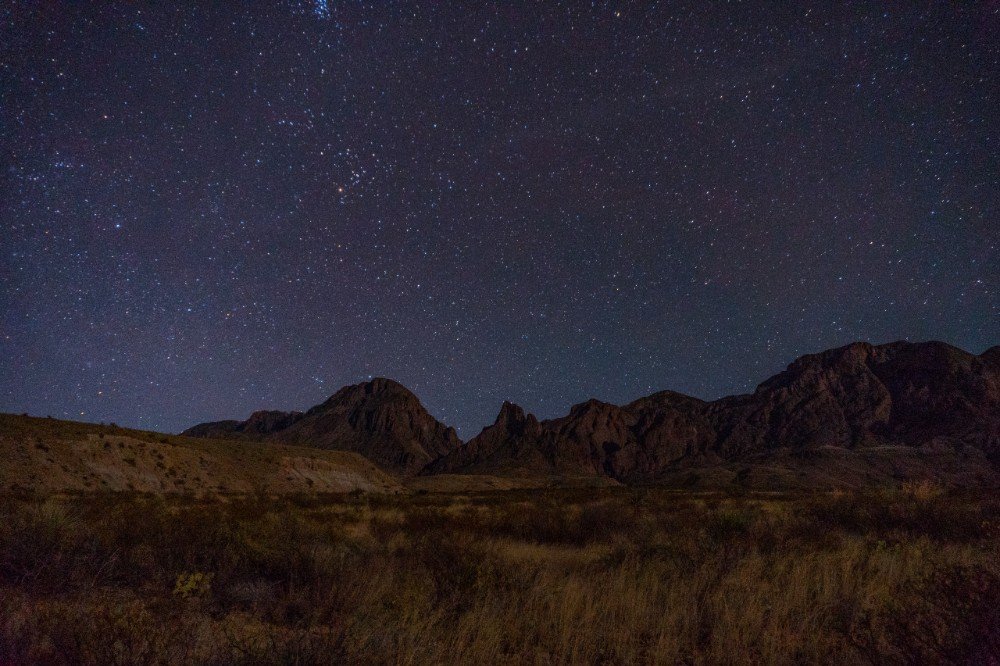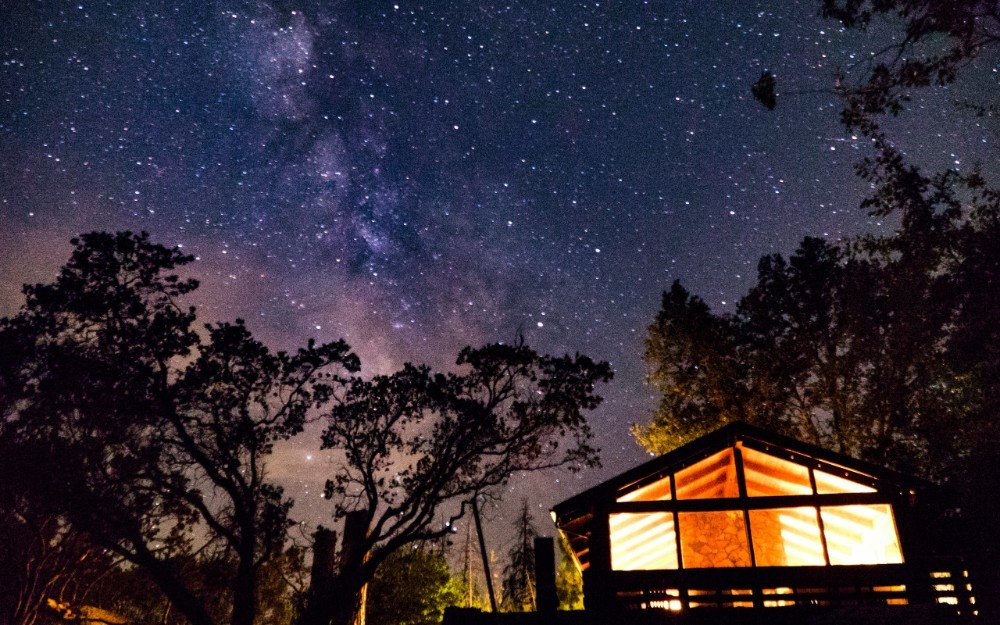
The Best National Parks for Stargazing
For millions of people that live in urban areas, access to dark skies and clear views of the starry heavens is a luxury. Witnessing the expanse of sparkling galaxies lighting up the sky with your partner or huddling around a telescope spotting a planet with your family is a truly unforgettable experience.
Dark sky areas– places with little to no interference from artificial light– are the best for observing the night sky in its full glory. Many of these areas are often protected lands where nature is intentionally preserved: namely, national parks.
Venture into these wild lands of America and All Roads North will pair you with professional astronomers to make the most of your starry-sky experience. You’ll get a glimpse of far-reaching galaxies and even take a peek at the rings of Saturn with experts who’ll provide powerful telescopes and in-depth knowledge of the cosmos.
The Best Dark Sky Parks to Visit in the USA:
Joshua Tree and Death Valley

Death Valley Stargazing, By Greg McKay
The isolation of Southern California’s gorgeous desert parks are prime spots to observe the night sky in all its glory. Home to otherworldly boulder formations and funky, scraggly trees, Joshua Tree is a known favorite with artists and rock climbers. Death Valley is home to majestic mountains, salt flats and colorful rocks, as well as the lowest point in North America. A moonless summer night is the best time to see the glowing, hazy Milky Way. However, long winter nights (with the sun sometimes setting as early as 4:30 p.m.!) allow for a long evening of star gazing before going to bed.
Bryce Canyon

Many of Utah’s five national parks are great places to find dark, starry skies, but there’s something magical about how the heavens light up above the ghostly hoodoos of Bryce Canyon. It’s popular to take in the starry night from Sunset Point. But if you want to take your experience to the next level, we’ll pair you with a small family business of expert astronomers, boasting a collective century of stargazing experience. Depending on your interests, you’ll learn about the possibility of extraterrestrial life, the importance of preserving natural darkness, or about how female minds were essential in putting men on the moon.
Suggested itinerary: An Odyssey through Utah’s National Parks
Big Bend

Another certified Dark Sky Park, Big Bend National Park is a great place to soak up those wide, open Texas skies. A stargazing session is the perfect way to end an adventurous day paddling the Rio Grande or exploring the park’s varied terrain by ATV. For an even closer look at the Texas night sky, we’ll pair you with an astronomer at the renowned McDonald Observatory to view the heavens through the largest telescope in Texas.
Suggested itinerary: A Private Ranch Road Trip Through West Texas
Sequoia and Kings Canyon

Sequoia and Kings Canyon are known for more than their iconic giant sequoia trees. The high elevation and remote location in the Sierra Nevada makes for prime stargazing. Falling stars are particularly common sightings, with some estimates citing 80 shooting stars per hour at night. During certain times of year, you may even see more dramatic celestial events, such as the Perseid Meteor Shower. Sequoia and Kings Canyon are hosting their ninth annual Dark Sky Festival in late September, which will celebrate the beauties of dark skies with presentations by astronomers and astronauts.
Suggested itinerary: Stunning Yosemite and Sequoia National Parks
